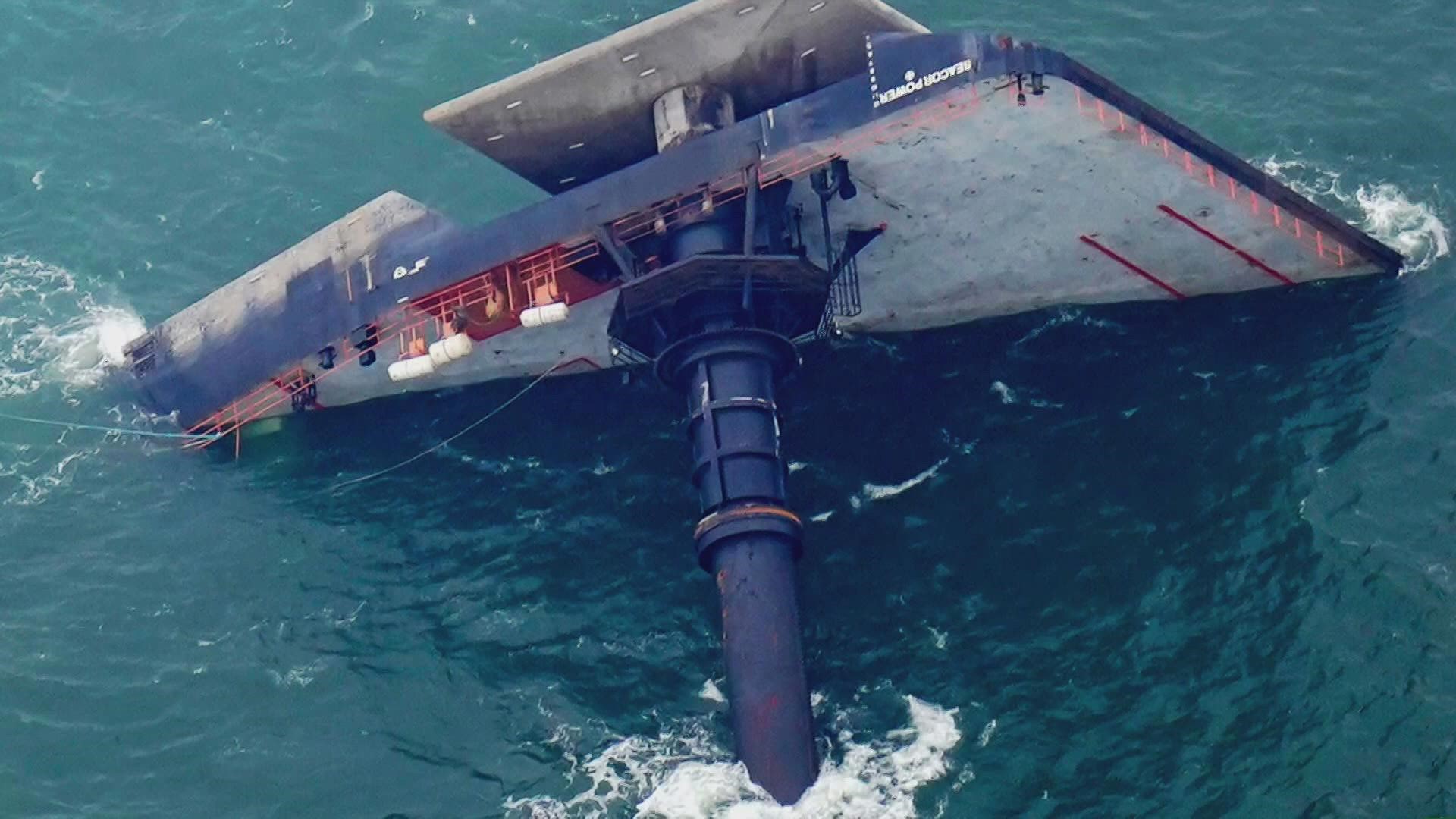NEW ORLEANS — Severe winds, a faulty reporting system and missing forecast data all played a role in the deadly capsizing of the Seacor Power, the NTSB reported Tuesday.
The National Transportation and Safety Board released their 18-month investigation into the capsizing of the Seacor power, revealing the problems they believe caused the boat to capsize.
Federal investigators said that the cause of the deadly capsizing that killed 13 crew members was "a loss of stability that occurred when the vessel was struck by severe thunderstorm winds that exceeded the vessel's operational wind speed limits when combined with sea conditions."
The Seacor Power had just started its journey from Port Fourchon to a natural gas well on the other side of the Mississippi River delta, when it was hit by a thunderstorm and 80-knot winds on April 13th, 2021.
Investigators determined that Capt. David Ledet and the crew were following the proper guidelines to operate the liftboat, but they also recommended that those guidelines be changed.
Specifically, the NTSB recommended that the Coast Guard inform mariners whenever there is an outage in their navigational broadcasting system and require all liftboats to have greater stability.
According to the investigation, The National Weather Service issued a weather warning for the area about 45 minutes before the liftboat capsized, calling for 35-knot winds. However, Capt. David Ledet and his crew never received that warning because the Coast Guard's navigational warning system was not working.
That missed warning cost the Seacor Power crew precious time, leaving them unable to drop the liftboat's legs to the seafloor.
The investigation also showed that the storm popped up too low in the sky to be caught by coastal weather radar. The NTSB suggested that the NWS, FAA and Air Force work together to fix that problem.
According to the report, the captain's decision to get underway on the day of the storm was "reasonable" and "not influenced by commercial pressure."
However, it also said that the company hadn't adequately trained the crew for an emergency like this one and that the owner's weather alert to the vessel was inadequate.
The NTSB also noted that personal beacons for all crew members could have saved lives that day. They said they've asked the Coast Guard to require them for several years, but that hasn't been done.
The US Coast Guard acknowledged the NTSB's recommendations, saying that their own investigation is also near its end.
"We will use the findings and recommendations from both investigations to identify any preventative measures that can be taken in the future to avoid similar occurrences," they said in a statement.
► Get breaking news from your neighborhood delivered directly to you by downloading the new FREE WWL-TV News app now in the IOS App Store or Google Play.

